AWS Simplified: Your Comprehensive Guide to Amazon Web Services 🌐☁️
 Shaik Suffiyan
Shaik Suffiyan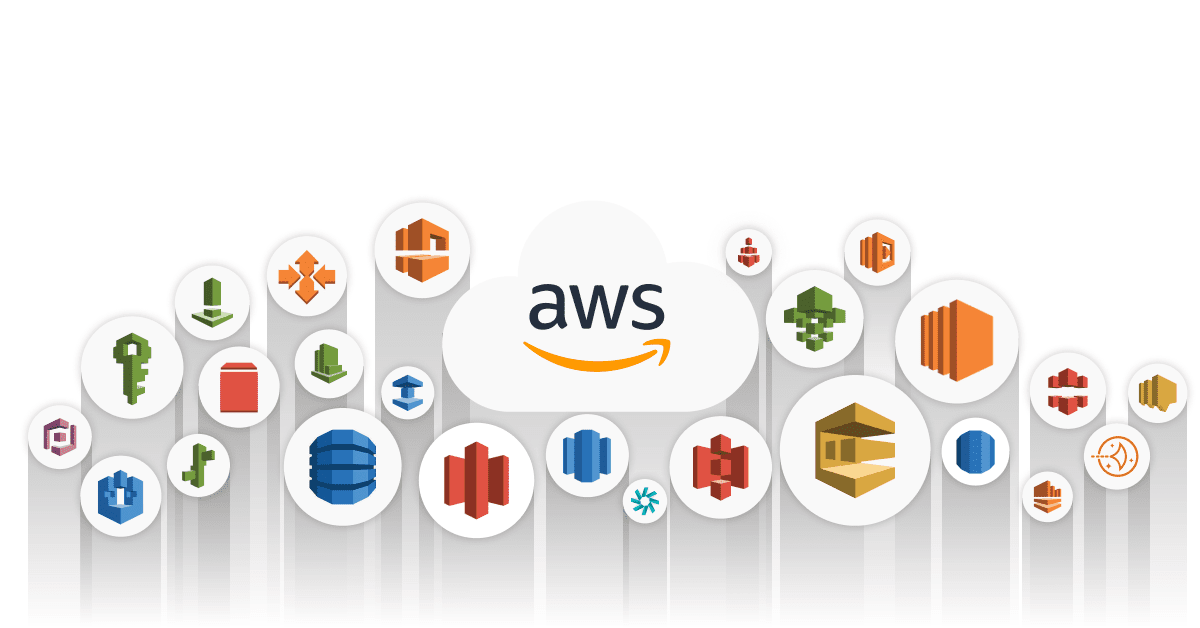
What is AWS? ❓
AWS (Amazon Web Services) is a cloud computing platform by Amazon. It offers a variety of tools and services that allow individuals and businesses to access computing power, storage, databases, and other resources over the internet. Instead of managing physical hardware, you rent virtual resources from AWS, which are managed and maintained by Amazon.
Key AWS Services 🛠️
1. Compute Services 🚀
Amazon EC2 (Elastic Compute Cloud): EC2 provides scalable virtual servers, known as instances, that you can rent based on your needs. These instances can run different applications, from simple web servers to complex enterprise software.
AWS Lambda: A serverless computing service that runs your code in response to events. It automatically scales your applications by managing the infrastructure, allowing you to focus on writing code without worrying about server management.
Amazon ECS (Elastic Container Service) & EKS (Elastic Kubernetes Service): ECS helps you run and manage Docker containers, while EKS is a managed Kubernetes service that automates the deployment and management of containerized applications.
2. Storage Services 📂
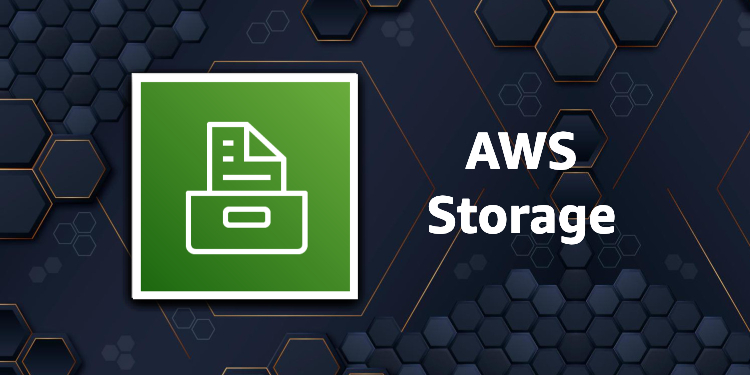
Amazon S3 (Simple Storage Service): A highly scalable and durable object storage service that allows you to store and retrieve any amount of data from anywhere on the web.
Amazon EBS (Elastic Block Store): Provides persistent block storage volumes for use with EC2 instances. It offers high-performance storage for databases, file systems, and other applications that require low-latency access to data.
Amazon EFS (Elastic File System): A scalable and fully managed file storage service that provides a simple interface for creating and configuring file systems for use with AWS cloud services and on-premises resources.
Amazon Glacier: A low-cost storage service for data archiving and long-term backup. It is designed for data that is infrequently accessed and can tolerate longer retrieval times.
3. Database Services 🗃️
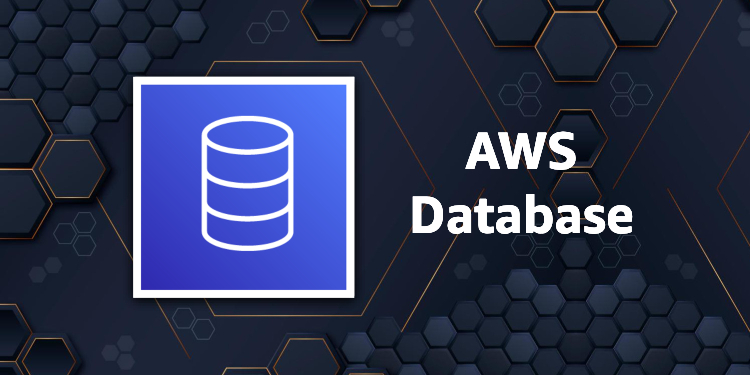
Amazon RDS (Relational Database Service): A managed service that makes it easy to set up, operate, and scale a relational database in the cloud. It supports various database engines including MySQL, PostgreSQL, MariaDB, Oracle, and SQL Server.
Amazon DynamoDB: A fast and flexible NoSQL database service that provides single-digit millisecond performance at any scale. It is a fully managed database that supports both document and key-value store models.
Amazon Redshift: A fast, fully managed data warehouse that makes it simple and cost-effective to analyze all your data using SQL and your existing business intelligence tools.
4. Networking Services 🌐

Amazon VPC (Virtual Private Cloud): Allows you to provision a logically isolated section of the AWS cloud where you can launch AWS resources in a virtual network that you define.
Elastic Load Balancing (ELB): Automatically distributes incoming application traffic across multiple targets, such as EC2 instances, containers, and IP addresses, in one or more Availability Zones.
Amazon Route 53: A scalable and highly available Domain Name System (DNS) web service designed to route end users to Internet applications by translating domain names into IP addresses.
AWS Direct Connect: Establishes a dedicated network connection from your premises to AWS, reducing network costs, increasing bandwidth throughput, and providing a more consistent network experience.
AWS Transit Gateway: Connects VPCs and on-premises networks through a central hub, simplifying your network and improving scalability.
AWS VPN: Enables secure connections between your on-premises network and your VPCs, providing encrypted communication over the public internet.
5. Security Services 🔒

AWS IAM (Identity and Access Management): Enables you to manage access to AWS services and resources securely. You can create and manage AWS users and groups and use permissions to allow and deny their access to AWS resources.
AWS WAF (Web Application Firewall): Protects your web applications from common web exploits and attacks by allowing you to configure rules to filter and monitor HTTP and HTTPS traffic.
AWS KMS (Key Management Service): A managed service that makes it easy to create and control the encryption keys used to encrypt your data.
AWS CloudTrail: A service that enables governance, compliance, and operational auditing of your AWS account. It captures and records all API calls for your account and delivers log files to an Amazon S3 bucket.
AWS Certificate Manager (ACM): Simplifies the process of provisioning, managing, and deploying SSL/TLS certificates for use with AWS services.
6. Monitoring and Logging Services 📊
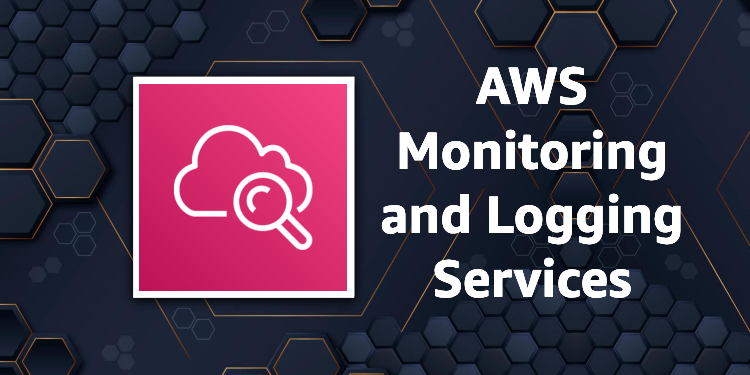
Amazon CloudWatch: A monitoring service for AWS cloud resources and the applications you run on AWS. You can collect and track metrics, collect and monitor log files, and set alarms.
AWS X-Ray: Helps developers analyze and debug production, distributed applications. It provides an end-to-end view of requests as they travel through your application, and shows a map of your application's underlying components.
AWS CloudWatch Logs: Allows you to monitor, store, and access your log files from Amazon EC2 instances, AWS CloudTrail, and other sources.
AWS Personal Health Dashboard: Provides alerts and remediation guidance when AWS is experiencing events that may impact you. It gives a personalized view into the performance and availability of the AWS services underlying your AWS resources.
7. DevOps Services 🛠️
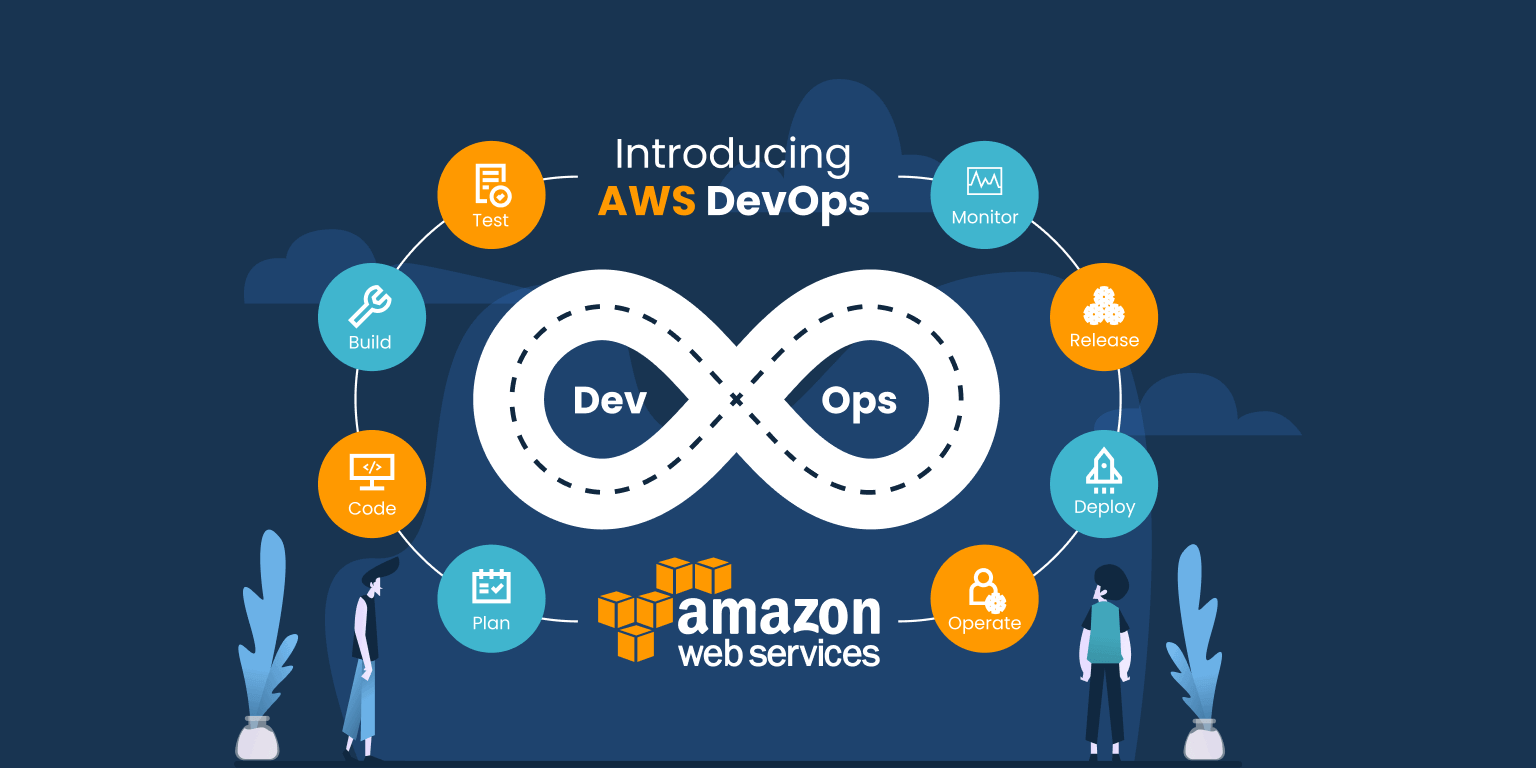
AWS CodeCommit: A secure, scalable, and managed source control service that hosts private Git repositories. It makes it easy for teams to collaborate on code in a safe and scalable ecosystem.
AWS CodeBuild: A fully managed build service that compiles source code, runs tests, and produces software packages that are ready to deploy.
AWS CodeDeploy: Automates the deployment of applications to various AWS services, including Amazon EC2, AWS Lambda, and on-premises servers.
AWS CodePipeline: A continuous integration and continuous delivery (CI/CD) service for fast and reliable application and infrastructure updates.
AWS Elastic Beanstalk: An easy-to-use service for deploying and scaling web applications and services. It supports several programming languages and application servers, such as Java, .NET, PHP, Node.js, Python, Ruby, and Docker.
AWS CloudFormation: This allows you to model and set up your AWS resources so that you can spend less time managing those resources and more time focusing on your applications that run in AWS.
AWS OpsWorks: A configuration management service that provides managed instances of Chef and Puppet, automation platforms that allow you to use code to automate the configurations of your servers.
8. AWS Global Infrastructure 🌍
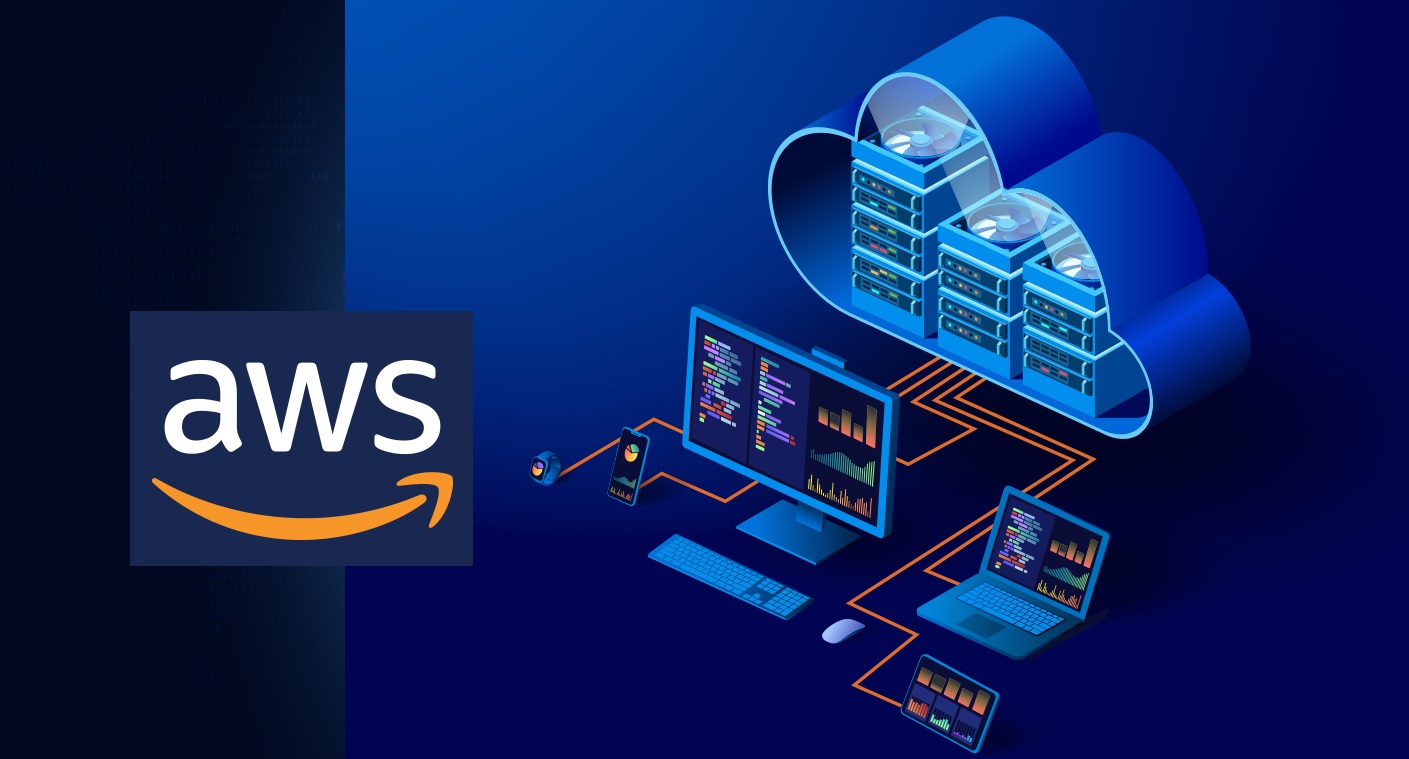
Regions: Geographic areas that AWS uses to house its data centers. Each region contains multiple Availability Zones, ensuring redundancy and fault tolerance.
Availability Zones (AZs): Distinct locations within a region that are engineered to be isolated from failures in other AZs. Each AZ provides low-latency network connectivity to the other zones in the same region.
Edge Locations: Part of AWS's content delivery network (CDN) is called Amazon CloudFront, which caches copies of your content closer to end users to reduce latency.
Why Use AWS? 💡
Scalability 📈: Easily scale resources up or down based on demand.
Cost-Efficiency 💰: Pay only for the resources you use without upfront costs.
Global Reach 🌏: Deploy applications closer to users around the world.
Reliability & Security 🛡️: Trust in AWS's robust infrastructure and advanced security features.
Conclusion 📝
AWS offers a comprehensive cloud service suite to help businesses and individuals build, scale, and secure their applications efficiently. AWS provides the essential services needed for cloud-based solutions, from computing power and storage to security and DevOps tools, making it a go-to platform for innovation and growth in the digital age. Whether you're a startup or an enterprise, AWS's vast array of services can help you achieve your goals in the cloud.
Subscribe to my newsletter
Read articles from Shaik Suffiyan directly inside your inbox. Subscribe to the newsletter, and don't miss out.
Written by
